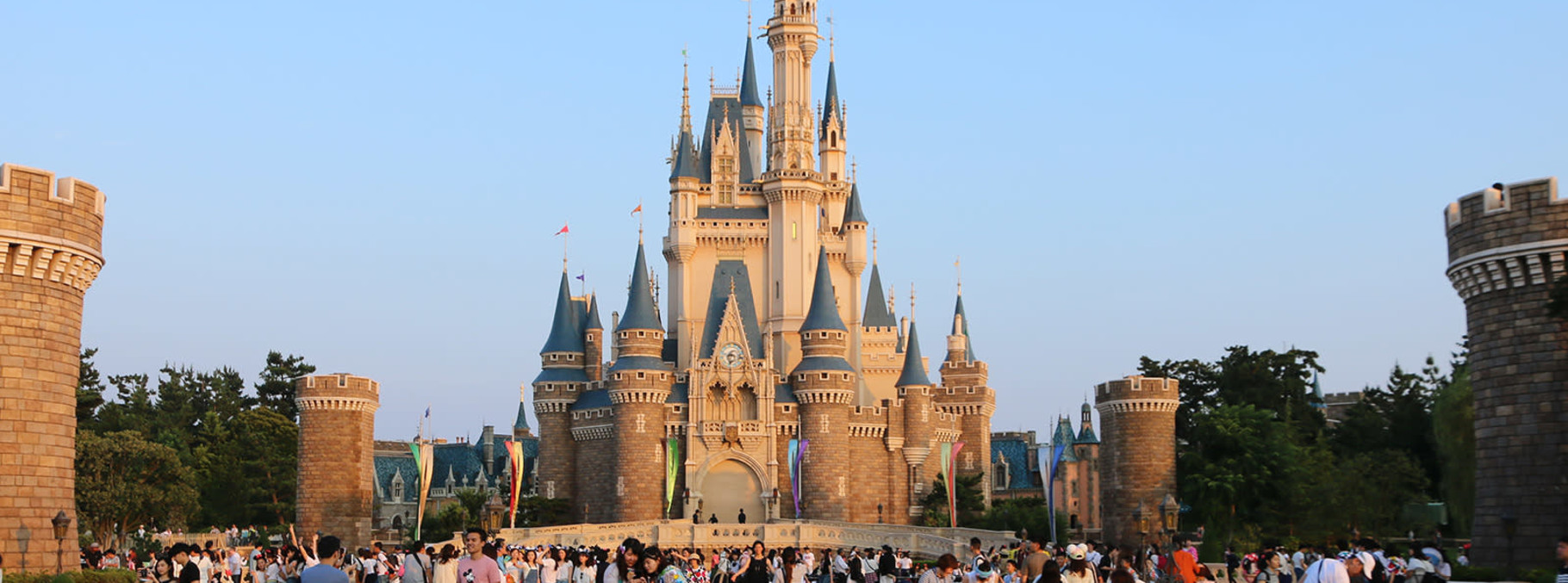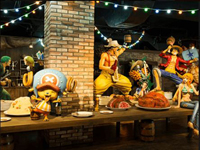Mt. Tsukuba
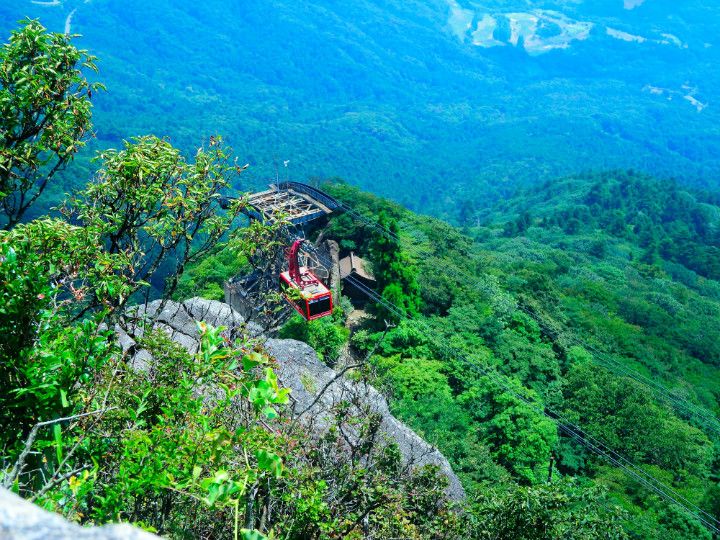
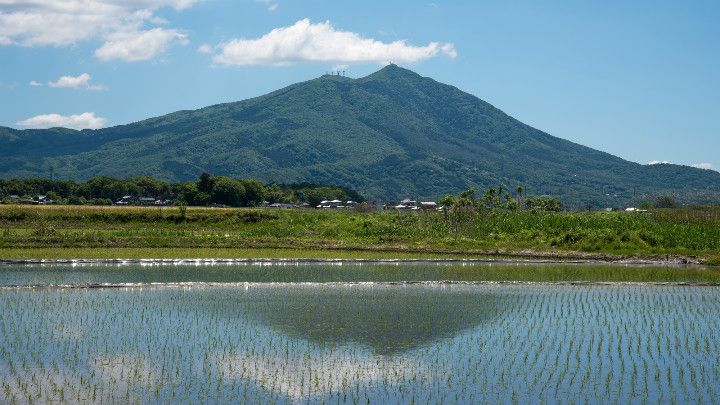
(Source: Tad Hayashi / PIXTA(ピクスタ) )
Mt. Fuji in the West and Mt. Tsukuba in the East
Mt. Tsukuba has been worshiped as a great mountain that represents the Kanto area and there is even a phrase “Mt. Fuji in the west and Mt. Tsukuba in the east”. It is said that the famous Ukiyo-e painter, Hiroshige Utagawa preferred to paint Mt. Fuji in the background of his painting when he painted the west side of Edo townscape, while he painted Mt. Tsukuba for the north or north-east part of it.
Mt. Fuji viewed from Mt. Tsukuba
From Mt. Tsukuba, its rival, Mt. Fuji can be seen clearly. It can be seen best in the daytime of a fine day with clear air. The sun sets behind Mt. Fuji and you can take great sunset photos from Mt. Tsukuba because Mt. Fuji is located to the west of Mt. Tsukuba.

(Source: とぼとぼ山歩き)

(Source: 車は生き甲斐です。)
The Legend of Mt. Tsukuba
One of the reasons that Mt. Tsukuba is compared to Mt. Fuji lies in one book written in 721. The book introduces the legend of a deity who traveled this area. The deity stopped by Mt. Fuji and asked for a space to spend the night. Mt. Fuji refused, and the deity got angry and covered Mt. Fuji with cold snow and ice throughout the year. On the other hand, Mt. Tsukuba welcomed the deity and offered the place. The deity thanked the mountain and covered Mt. Tsukuba with colorful flowers that always attracts many people.
Nantai-san
Nantai-san is at the west side of Mt. Tsukuba. It is 871 m high and has the main shrine building on its peak that enshrines Izanagi no Mikoto, the male deity who is believed to be responsible of the creation of Japan. The cable car and the ropeway are conveniently available to climb Nantai-san. There is also a hiking trail that can be enjoyed in about 60 minutes around the summit.

(Source: なんちゃって☆百名山)
Nyotai-san
Nyotai-san is at the east side of Mt. Tsukuba. It is 877 m high and has the main shrine building on its peak that enshrines Izanami no Mikoto, the female deity who is a wife of Izanagi no Mikoto enshrined in Nantai-san. The ropeway & Nyotai-san station is conveniently situated to climb Nyotai-san. It has a view that overlooks the summit of Nantai-san.
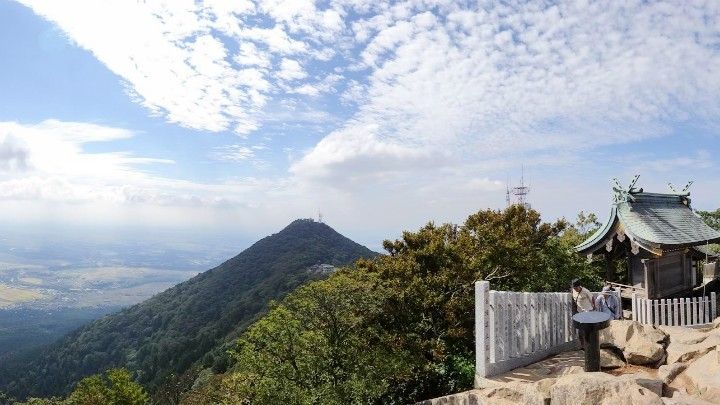
(Source: ミャーの星)
Tsukubasan Jinja
Tsukubasan Jinja, the shrine located near Miyawaki station, the starting station of the cable car is a magnificent shrine enshrines Mt. Tsukuba. It has shrines dedicated to its deity on top of Nantai-san and Nyotai-san. It accepts worshipers as a popular spiritual place regarded as having divine favor in matchmaking and harmonious marriage.
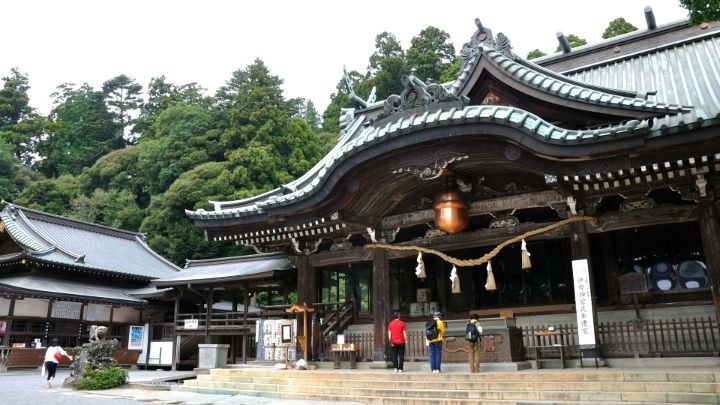
(Source: 気ままなヘアピース)
Oddly-Shaped Rocks: Benkei-Nanamodori
In the mountain of Mt. Tsukuba, where ancient nature still kept untouched, there are a number of oddly-shaped rocks. The most famous one among them is “Benkei-Nanamodori” (Benkei returning seven times) on the hiking trail in Nyotai-san. The rock hanging above the path looks as if it is on the verge of crushing down. It is said that even the warrior priest Benkei, most famous for his boldness, has been so afraid that he hesitated and tried seven times to get to the mountaintop. The name came from this anecdote. Mt. Tsukuba has many more unique spots. How about trying to find them!
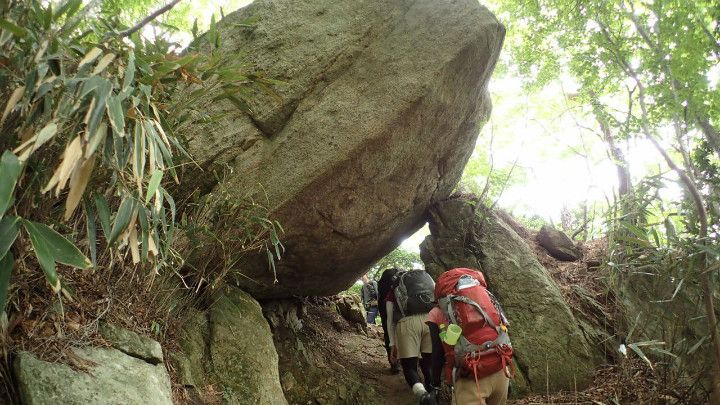
(Source: ぷち登山)
Koma Observation Deck
Koma Observation Deck is a great view point of Kanto Plains which is located within a short walking distance from the terminal station of the cable car, Tsukuba Sancho station. If you look hard enough, you can see Tokyo Skytree soars to the sky. The neighboring Koma Observation Deck Restaurant is a revolving restaurant where you can enjoy the 360°view while you eat.

(Source: 翔る!カモシカ☆登山×写真×一眼レフ)
Cable Car
The best way to go to the summit of Nantai-san is the cable car that rushes up the 1634 m from Miyawaki station at the base to Tsukuba Sancho station. The window in the rear of the car has a view of the horizon that stretches forever, while the railway climbing up the 20-degree steep slope can be seen from the windows in the front of the car.

(Source: 筑波山ケーブルカー&ロープウェイ)
Ropeway
What is good about the ropeway that connects Tsutsujigaoka Station and Nyotai-san station is definitely the experience to travel in the sky while looking down on the Kanto Plains. You can see the Pacific Ocean and even buildings in the center of Tokyo on fine days. Enjoy the color of the mountain that changes with the seasons.
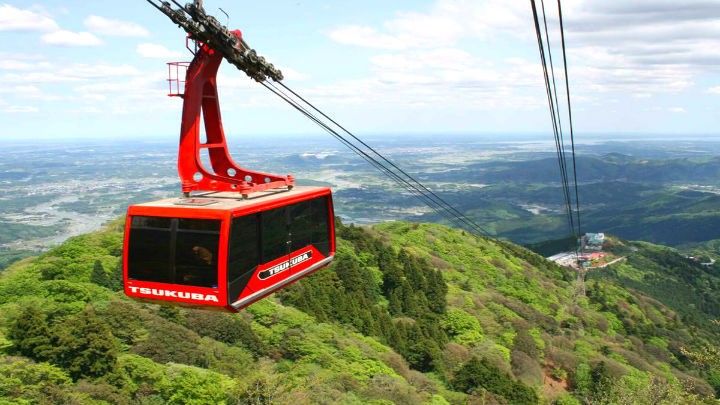
(Source: 筑波山ケーブルカー&ロープウェイ)
Mt. Tsukuba Ume Matsuri announces the arrival of spring in Ibaraki
Mt. Tsukuba Ume Matsuri (Plum Tree Festival) is held halfway up the mountain from the middle of February to the middle of March every year. About 30 kinds of 1000 plum trees of every shade of white to pink color the mountain in a breathtakingly beautiful manner. During the festival, various foods made with plums are served in nearby restaurants.

(Source: 喝! ~since 2005~)
Most Famous Food in Mt. Tsukuba: Tsukuba Udon
The specialty food in Mt. Tsukuba is Tsukuba Udon (thick wheat noodle). It is a dish with meat, tsukune (meatballs), burdock, and vegetables cooked in soup stock that warms you up. The restaurant, Miyuki Chaya, near Koma Observation Deck serves delicious Tsukuba udon. The bowl of udon with a lot of toppings will energize you after the tiring climbing.

(Source: 食べログ)

(Source: Tad Hayashi / PIXTA(ピクスタ) )
Mt. Fuji in the West and Mt. Tsukuba in the East
Mt. Tsukuba has been worshiped as a great mountain that represents the Kanto area and there is even a phrase “Mt. Fuji in the west and Mt. Tsukuba in the east”. It is said that the famous Ukiyo-e painter, Hiroshige Utagawa preferred to paint Mt. Fuji in the background of his painting when he painted the west side of Edo townscape, while he painted Mt. Tsukuba for the north or north-east part of it.
Mt. Fuji viewed from Mt. Tsukuba
From Mt. Tsukuba, its rival, Mt. Fuji can be seen clearly. It can be seen best in the daytime of a fine day with clear air. The sun sets behind Mt. Fuji and you can take great sunset photos from Mt. Tsukuba because Mt. Fuji is located to the west of Mt. Tsukuba.

(Source: とぼとぼ山歩き)

(Source: 車は生き甲斐です。)
The Legend of Mt. Tsukuba
One of the reasons that Mt. Tsukuba is compared to Mt. Fuji lies in one book written in 721. The book introduces the legend of a deity who traveled this area. The deity stopped by Mt. Fuji and asked for a space to spend the night. Mt. Fuji refused, and the deity got angry and covered Mt. Fuji with cold snow and ice throughout the year. On the other hand, Mt. Tsukuba welcomed the deity and offered the place. The deity thanked the mountain and covered Mt. Tsukuba with colorful flowers that always attracts many people.
Nantai-san
Nantai-san is at the west side of Mt. Tsukuba. It is 871 m high and has the main shrine building on its peak that enshrines Izanagi no Mikoto, the male deity who is believed to be responsible of the creation of Japan. The cable car and the ropeway are conveniently available to climb Nantai-san. There is also a hiking trail that can be enjoyed in about 60 minutes around the summit.

(Source: なんちゃって☆百名山)
Nyotai-san
Nyotai-san is at the east side of Mt. Tsukuba. It is 877 m high and has the main shrine building on its peak that enshrines Izanami no Mikoto, the female deity who is a wife of Izanagi no Mikoto enshrined in Nantai-san. The ropeway & Nyotai-san station is conveniently situated to climb Nyotai-san. It has a view that overlooks the summit of Nantai-san.

(Source: ミャーの星)
Tsukubasan Jinja
Tsukubasan Jinja, the shrine located near Miyawaki station, the starting station of the cable car is a magnificent shrine enshrines Mt. Tsukuba. It has shrines dedicated to its deity on top of Nantai-san and Nyotai-san. It accepts worshipers as a popular spiritual place regarded as having divine favor in matchmaking and harmonious marriage.

(Source: 気ままなヘアピース)
Oddly-Shaped Rocks: Benkei-Nanamodori
In the mountain of Mt. Tsukuba, where ancient nature still kept untouched, there are a number of oddly-shaped rocks. The most famous one among them is “Benkei-Nanamodori” (Benkei returning seven times) on the hiking trail in Nyotai-san. The rock hanging above the path looks as if it is on the verge of crushing down. It is said that even the warrior priest Benkei, most famous for his boldness, has been so afraid that he hesitated and tried seven times to get to the mountaintop. The name came from this anecdote. Mt. Tsukuba has many more unique spots. How about trying to find them!

(Source: ぷち登山)
Koma Observation Deck
Koma Observation Deck is a great view point of Kanto Plains which is located within a short walking distance from the terminal station of the cable car, Tsukuba Sancho station. If you look hard enough, you can see Tokyo Skytree soars to the sky. The neighboring Koma Observation Deck Restaurant is a revolving restaurant where you can enjoy the 360°view while you eat.

(Source: 翔る!カモシカ☆登山×写真×一眼レフ)
Cable Car
The best way to go to the summit of Nantai-san is the cable car that rushes up the 1634 m from Miyawaki station at the base to Tsukuba Sancho station. The window in the rear of the car has a view of the horizon that stretches forever, while the railway climbing up the 20-degree steep slope can be seen from the windows in the front of the car.

(Source: 筑波山ケーブルカー&ロープウェイ)
Ropeway
What is good about the ropeway that connects Tsutsujigaoka Station and Nyotai-san station is definitely the experience to travel in the sky while looking down on the Kanto Plains. You can see the Pacific Ocean and even buildings in the center of Tokyo on fine days. Enjoy the color of the mountain that changes with the seasons.

(Source: 筑波山ケーブルカー&ロープウェイ)
Mt. Tsukuba Ume Matsuri announces the arrival of spring in Ibaraki
Mt. Tsukuba Ume Matsuri (Plum Tree Festival) is held halfway up the mountain from the middle of February to the middle of March every year. About 30 kinds of 1000 plum trees of every shade of white to pink color the mountain in a breathtakingly beautiful manner. During the festival, various foods made with plums are served in nearby restaurants.

(Source: 喝! ~since 2005~)
Most Famous Food in Mt. Tsukuba: Tsukuba Udon
The specialty food in Mt. Tsukuba is Tsukuba Udon (thick wheat noodle). It is a dish with meat, tsukune (meatballs), burdock, and vegetables cooked in soup stock that warms you up. The restaurant, Miyuki Chaya, near Koma Observation Deck serves delicious Tsukuba udon. The bowl of udon with a lot of toppings will energize you after the tiring climbing.

(Source: 食べログ)




